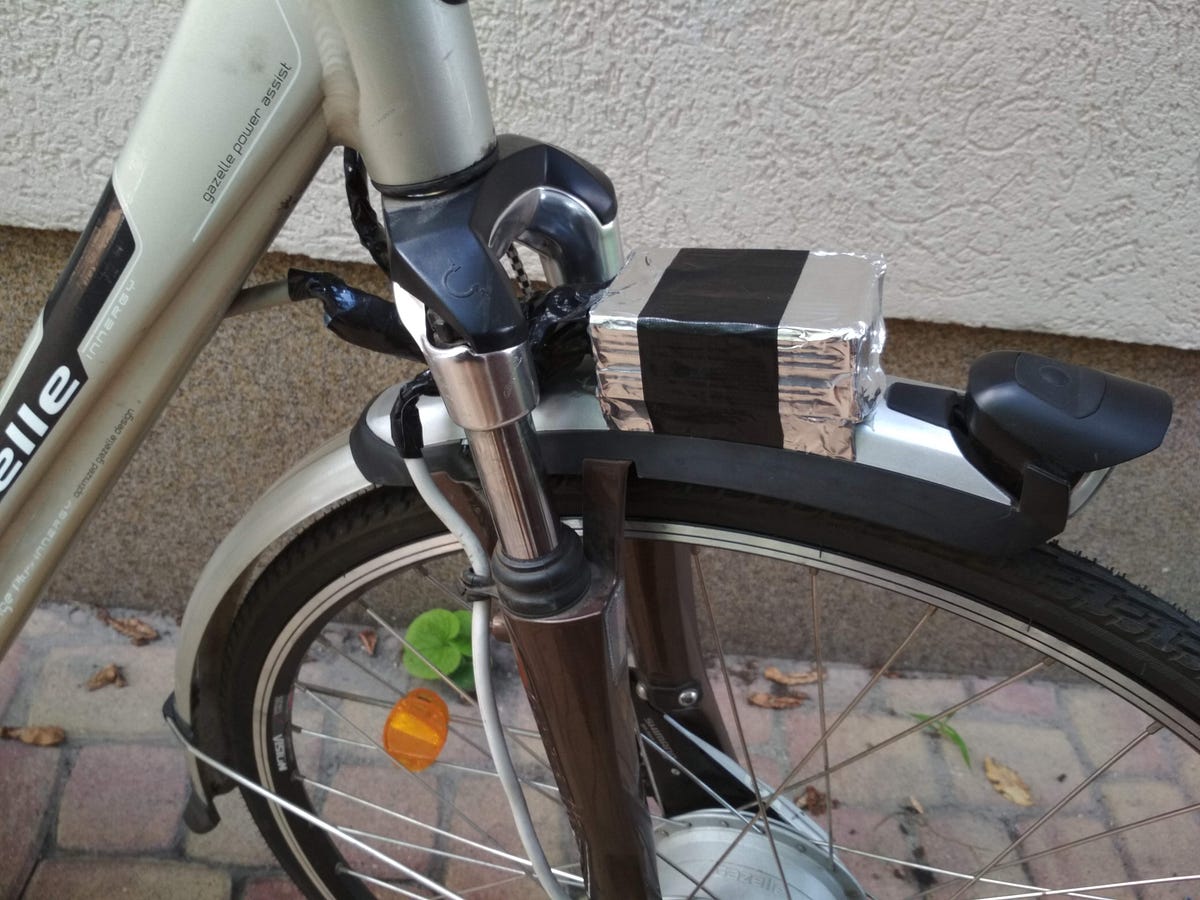I have a Gazelle Orange Innegry Electric Bicycle which is inconsistent in its reliability. It's 10 years old, has had moderate use but is in great condition and worth keeping running. It has a Bronze 36v/252Wh battery. Here's the sequence of events leading to loss of the power assist function:
1. Battery fully charged, indicating 100% (5 bars) on controller and all three assist functions work
2. After ~15 to 20 miles battery shows 80% - 100% but power assist stops working.
3. Took battery out and checked voltage with multimeter – 36v reading, as would be expected with a battery showing almost charged on the controller
4. Put battery back in bike and plugged in charger, controller shows 100%. Pressed on button on battery and controller shows power assist working!.
5. Battery fully charged, indicating 100% (5 bars) on controller and all three assist functions work (back to stage 1).
The charger works, there seems to be nothing wrong with the motor or the battery, despite its age, so the controller would seem to be the source of the fault, though its behaviour seems illogical.
Would a replacement generic controller be the answer to this annoying problem? If so, any suggestions? I'm willing to spend some money on it because the bike is in excellent condition and when it works it's great.
Thanks for any suggestions.
Mike
1. Battery fully charged, indicating 100% (5 bars) on controller and all three assist functions work
2. After ~15 to 20 miles battery shows 80% - 100% but power assist stops working.
3. Took battery out and checked voltage with multimeter – 36v reading, as would be expected with a battery showing almost charged on the controller
4. Put battery back in bike and plugged in charger, controller shows 100%. Pressed on button on battery and controller shows power assist working!.
5. Battery fully charged, indicating 100% (5 bars) on controller and all three assist functions work (back to stage 1).
The charger works, there seems to be nothing wrong with the motor or the battery, despite its age, so the controller would seem to be the source of the fault, though its behaviour seems illogical.
Would a replacement generic controller be the answer to this annoying problem? If so, any suggestions? I'm willing to spend some money on it because the bike is in excellent condition and when it works it's great.
Thanks for any suggestions.
Mike





